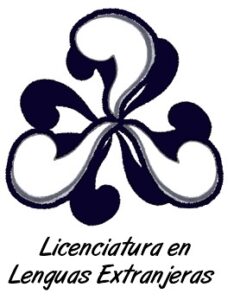Meet the researchers
Results of the study
Publications
Bilingualism in the 21st century

Contrary to the traditional ideas about bilingualism as the “native control of two languages” (Blommfield, 1933, p.56) or “the practice of alternatively using two languges” (Weinreich, 1966, p. 1), being bilingual in the 21st century goes beyond, and it poses a paradigm change. The contemporary notion of bilingualism is centered around understanding it as a continuum in which speakers locate and move themselves throughout their life-journeys as they draw on the linguistic resources available in their repertoire. Thus, García (2009) explains that “bilingualism is not about 1+1=2, but about a plural, mixing of different aspects or fractions of language behavior as they are needed, to be socially meaningful” (p.48).
References
- Bloomfield, L. (1933). Language. Holt.
- García, O. (2009). Bilingual education in the 21st century: A global perspective. Wiley-Blackwell.
- Weinreich, U. (1966). Languages in contact: Findings and problems. Mouton.
